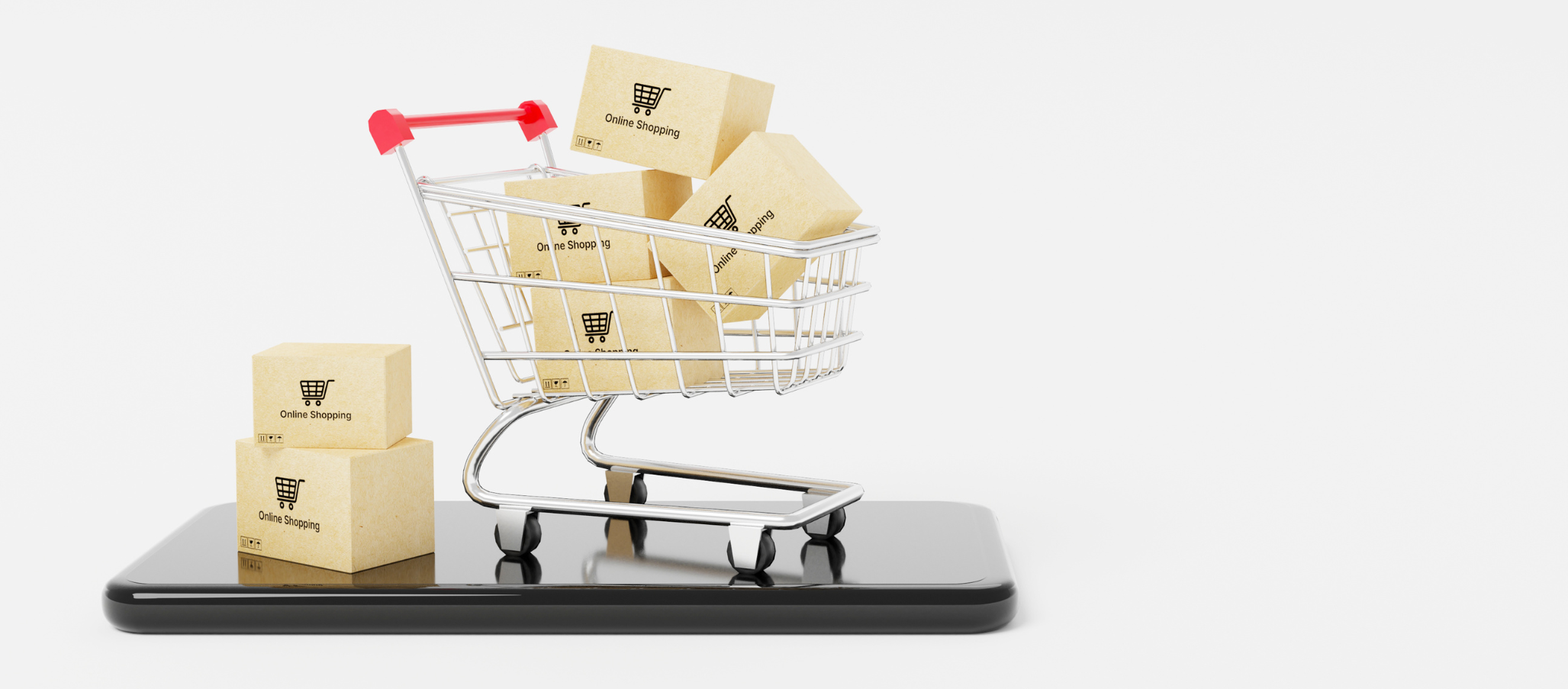Change your mindset to deliver true customer-centricity
With modern technology developing at such a lighting fast pace, it is easy to cower in the face of this new domineering force impacting all our lives. For marketers, fear of this unknown needs to be replaced by a willingness to embrace change. First and foremost it requires an adaptable rather than traditional mindset.
A traditional approach to winning customers goes something like this. An instinct-led marketer hires a creative team to bring their vision to life. With an agreed theme, they then wow an audience about the benefits of a brand through an “awareness” channel like TV or print. The customer is then inspired into action, via a direct response, like visiting a store, run by an entirely different team.
Despite the modern marketing canvas being increasingly digital, this siloed approach to marketing still pervades. Marketing 1.0 for a 3.0 world. The trouble is today’s consumers don’t see these different channels as distinct entities. For them the lines are now totally blurred between branding/ discovery/listings/ecommerce/ instore experiences and customer reviews. The reason for this is the mobile phone sitting in your pocket. According to the most recent ONS figures for 2017, 73% of adults accessed the Internet “on the go”, using a mobile phone or smartphone, up more than 50% from the figure in 2011.
Local first
The merging of organic, paid, and maps results on Google really highlights the new way customers interact with brands. Google is simply reflecting the nature of our search behaviour, on its quest to always correctly match the user query with the most relevant information.
A smartphone search is the most likely inspiration for the decision to visit a physical location, with the same device then becoming the compass to direct you to the location. It is estimated that three quarters of people who conduct a local search on their mobile device will visit a physical place within 24 hours.
Of those searches, 28% will then result in a purchase. This is an astonishing conversion rate that highlights the need to optimise each stage of the new customer journey. With maps being such an increasing feature of results delivered, it is now less about being on page 1, but more in the first four results given. Otherwise you can forget about it. Brands that don’t optimise for this locally intended search, with incorrect information or poor reviews will be severely punished by Google’s algorithm. No amount of glitzy print or TV advertising will be able to compensate for this.
How to achieve true local optimisation.
So where does this leave marketers? Pimento member DAC believe there are four key steps to truly being optimised for the new local and mobile first world of customer engagement.
1. Set the brand promise at the company/corporate level. What is your differentiator and how are you going to realise this? If you have a strapline that claims for example to offer ‘the fastest delivery in the market’ and all the reviews mention delays you will have demonstrated this promise can’t be trusted, devastating for your brand equity.
2. Ensure the brand promise is “paid off” by each sub-brand or line of business. Every single iteration of your brand has to be optimised to deliver your brand promise and ensure the customer experience is positive. Getting this right will create a virtuous circle, with a delivered brand promise leading to better reviews, and a more favourable rating by Google.
3. Deliver the brand promise to customers all the way down to their local store level.
This is so often a challenge for big brands with multiple stores, where the customer experience often wildly varies. You can undo all the work from that glossy outdoor ad of a beautifully tempting burger if the local store reviews are negative because of rude staff, long waits, half cooked burgers or incorrect opening times listed.
4. Adapt and personalise each of these experiences for your customers’ needs and intent, including attention to customers’ environments (digital or physical). This gets to the crux of customer-centricity. Build out your offering around the needs of the customer at each step of their journey, and do it consistently.
Adapting to the new world can be challenging, difficult and unfamiliar but as a marketer having the relevant skills and modern mindset is key to success in the modern world. Think local first and win.

The Role of the CMO Has Never Been More Critical
The role of a Chief Marketing Officer (CMO) has never been more critical. As businesses navigate through digital transformation, changing […]
Read more.
Changes in Consumer Behaviour: Adapting to the Economic Shifts
The shifting economic landscape is playing a pivotal role in influencing changes in consumer behaviour, challenging brands to rethink and […]
Read more.